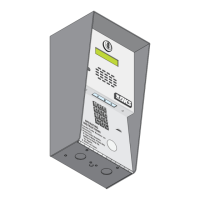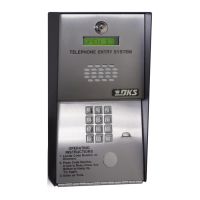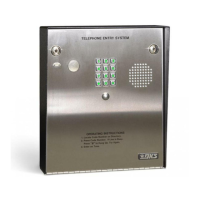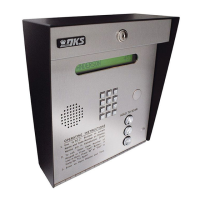Why won't the postal switch activate the relay on my DKS 1802-EPD?
- MMary HancockSep 9, 2025
If the postal switch will not activate the relay on your DKS Intercom System, ensure that the wire-tie has been clipped off the postal switch and that the relay has been programmed for postal switch input.




